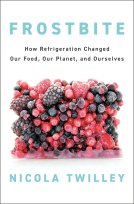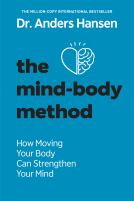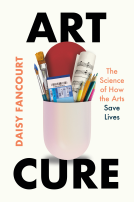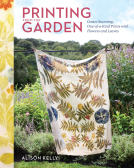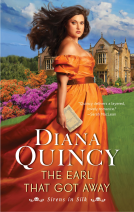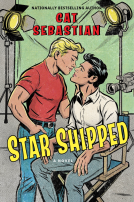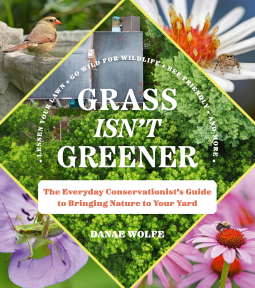
Grass Isn't Greener
The Everyday Conservationist's Guide to Bringing Nature to Your Yard
by Danae Wolfe
This title was previously available on NetGalley and is now archived.
Send NetGalley books directly to your Kindle or Kindle app
1
To read on a Kindle or Kindle app, please add kindle@netgalley.com as an approved email address to receive files in your Amazon account. Click here for step-by-step instructions.
2
Also find your Kindle email address within your Amazon account, and enter it here.
Pub Date May 13 2025 | Archive Date May 13 2025
Talking about this book? Use #GrassIsntGreener #NetGalley. More hashtag tips!
Description
Rooted in twenty practical steps that anyone can take starting today, Grass Isn’t Greener demonstrates how small changes in your yard or garden can create lasting impact for the planet: from leaving your leaves to selecting eco-friendly holiday decorations; from eliminating light pollution to attracting wildlife; from saving seeds to devoting even a small patch of lawn to native plants. With easy-to-follow advice and real-life examples, conservation educator Danae Wolfe will help you appreciate the new life you’ve attracted to your yard. A companion for new homeowners, renters, and gardeners, Grass Isn't Greener is a resource for anyone looking for little ways to make a big difference—and to have fun doing it.
Advance Praise
“In Grass isn’t Greener, Danae Wolfe reveals the future: when conservation will be done en masse by private citizens on private property. Wolfe captures this paradigm shift with all the detail you need to create a model ecological landscape. Kudos to Grass isn’t Greener for helping speed along this essential transition.” —Douglas W. Tallamy, author of Nature's Best Hope
“Grass Isn’t Greener is bursting with progressive, actionable advice for nurturing an earth-friendly, habitat-rich oasis. Danae Wolfe is a gentle and informative guide, thoughtfully navigating the complexities of creating a safe and welcoming outdoor space in an age when speed and convenience too often supersede the health and well-being of our wild neighbors (and ourselves). In this comprehensive primer, Wolfe’s advice and captivating images steer readers down an alternative path, one filled with life and with love for the world outside our doors.” —Nancy Lawson, The Humane Gardener
“Approachable and accessible, here we have a handy introduction of bite-sized topics critical to the success of natural habitat gardening. On subjects as diverse as plant selection, garden management, light pollution, beneficial predator bugs, working with neighbors, and how outdoor décor can affect our wild friends, Wolfe lays out the important basics of more sustainable living in our home landscapes.” —Benjamin Vogt, author of Prairie Up and A New Garden Ethic
Available Editions
| EDITION | Other Format |
| ISBN | 9781643263298 |
| PRICE | $27.99 (USD) |
| PAGES | 240 |
Available on NetGalley
Average rating from 18 members
Readers who liked this book also liked:
Jennie Batchelor, Julia Quinn, Natalie Jenner, Charlie Lovett, Talulah Riley, Janet Todd et al
Essays & Collections, Novellas & Short Stories, Women's Fiction
Megan Ashley Smith, LCMHC, NCC
Health, Mind & Body, Nonfiction (Adult), Self-Help
